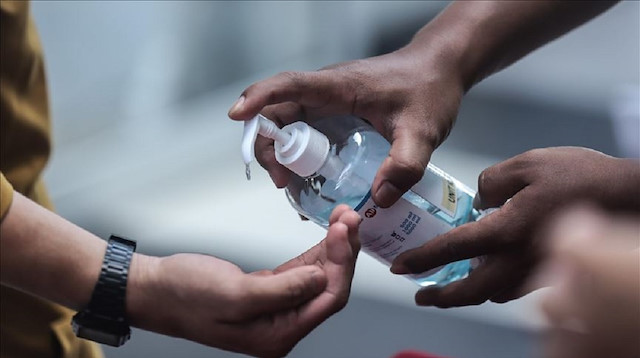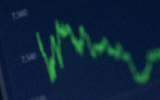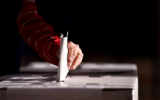
Daily number of calls to poison centers 'increased sharply' at beginning of March, says US health agency
Poisoning from cleaners and disinfectants rose 20.4% in the U.S. over the last three months amid the novel coronavirus outbreak, the Centers for Disease Control and Prevention said in a report published Monday.
"During January-March 2020, poison centers received 45,550 exposure calls related to cleaners (28,158) and disinfectants (17,392), representing overall increases of 20.4% and 16.4% from January-March 2019 (37,822) and January-March 2018 (39,122), respectively," it said.
Although the CDC noted that the data does not show a "definite" link between exposures and coronavirus cleaning efforts, it added that "the timing of these reported exposures corresponded to increased media coverage of the COVID-19 pandemic, reports of consumer shortages of cleaning and disinfection products, and the beginning of some local and state stay-at-home orders."
It also said that the daily number of calls to poison centers "increased sharply" at the beginning of March after the first coronavirus-related death reported on Feb. 29.
According to the report, the increase in total calls was seen across all age groups, but exposures among children aged 5 and younger consistently represented a large percentage in the three-month study period for each year.
The analysis showed that among all cleaner categories, bleaches accounted for the largest percentage of the increase with 62.1%, while nonalcohol disinfectants (36.7%) and hand sanitizers (36.7%) accounted for the largest percentages of the increase among disinfectant categories.
Inhalation represented the largest percentage increase from 2019 to 2020 among all exposure routes, with an increase of 35.3% for all cleaners and an increase of 108.8% for all disinfectants.
The CDC also shared two cases as an example of the types of chemical exposure calls managed by poison centers.
In one case, a woman was rushed to a hospital emergency department due to difficulty breathing after soaking her groceries in a sink filled with a mixture of 10% bleach solution, vinegar and hot water. The CDC said she applied the technique after hearing on the news to clean all recently purchased groceries before consuming them.
In the second case, a preschool-aged girl was found unresponsive at home and transported to the emergency department after ingesting an unknown amount of a 64-ounce bottle of ethanol-based hand sanitizer.
Both patients were discharged from the hospital after treatment.
Hello, the comments you share on our site are a valuable resource for other users. Please respect other users and different opinions. Do not use rude, offensive, derogatory, or discriminatory language.
The floor is all yours.








